New conclusions on Trianon – MTA to fund 11 new Lendület (Momentum) research groups
With the centenary of the Trianon Treaty of 1920 fast approaching what do we know and what do we not know about the Treaty? How do we use our main articulatory organ, our tongue, when speaking Hungarian? What forces shaped the universe into its present form? What does evolution teach us about carcinogenesis? Among other topics, these are the questions the 11 winners of this year's Lendület (Momentum) Program sought to answer. For the upcoming 5 years, the Academy will allocate 400 million forints for the funding of these projects.
The Hungarian Academy of Sciences first announced its excellence program, Lendület (Momentum) for young researchers in 2009. The primary aim of the program – besides recalling talented researches from abroad and keeping talented researchers currently working in Hungarian research centres in the country – is to strengthen the international competitiveness of the research network of the Academy.
95 entries were submitted for the latest round of the Lendület (Momentum) Program, which was announced by the Academy at the end of 2015. Most entries covered mathematics and natural sciences. 33 researchers applied from the field of life sciences while 21 researchers specializing in humanities or social sciences also applied.
Evaluation in two rounds
The applications were reviewed in two rounds. At first, at least 3-3 experts evaluated the entries by giving points and providing written assessments as well, including an overall assessment whether they support the applicant or not. In the second round, a public board evaluated and summarized the applications in each field of science. Then it made a decision based on the content of the applications and the evaluation given to them in the first round.
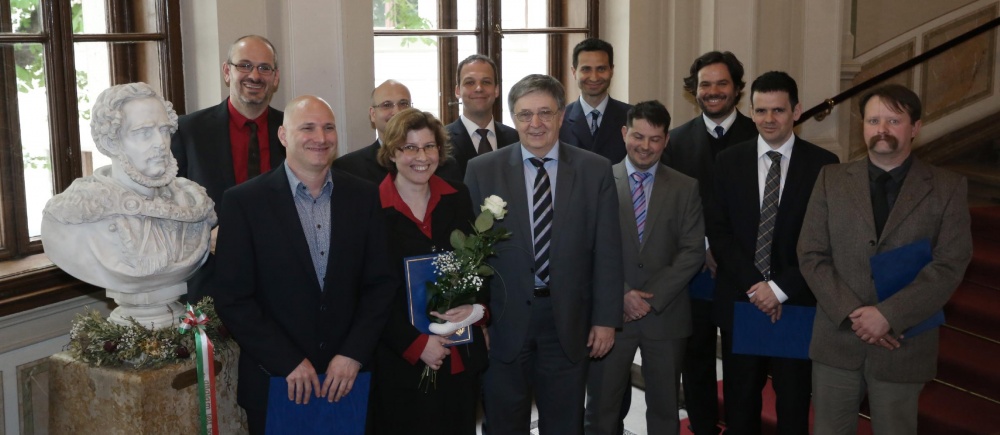 President László Lovász and the winners of the 2016 Lendület (Momentum) Program Source: mta.hu/Bence Kovács
President László Lovász and the winners of the 2016 Lendület (Momentum) Program Source: mta.hu/Bence Kovács 400 million from MTA for the 11 researchers
The 11 researchers have altogether been granted 400 million forints for a 5 year period from the Academy. Four researchers were awarded the Lendület (Momentum) I Fellowship, which is open for young researchers (typically younger than 38) who have achieved outstanding and constantly developing results and who are still looking ahead to starting their individual research career. Seven researchers won the Lendület (Momentum) II Fellowship, which is for successful individual leading researchers who are typically aged 35–45, have had outstanding and developing results and are recognised internationally. Two of them have returned to Hungary after working abroad. All the awarded researchers agreed to apply for one of the excellence programs of the European Research Council during their work within the Lendület (Momentum) Program or after it concludes.
Five of the winners will be certified to establish an individual research group in one of the research centres or institutes of the MTA, while the other six winners may establish research groups within universities with Academy support. The Lendület (Momentum) Program is a basic tool for the MTA to strengthen relationships with Hungarian universities. This is supported by the fact that 53 Lendület (Momentum) research groups have been created in the Hungarian universities since the start of the program, i.e. since 2011.
In 2016, the MTA will support the research groups of the Lendület (Momentum) Program with more than 3.6 billion forints.
Name | Institute | Category | Field |
Balázs Ablonczy | MTA Research Centre for the Humanities | II. | History |
Tamás János Beke-Somfai | MTA Research Centre for Natural Sciences | I. | Chemistry |
Péter Biró | MTA Centre for Economic and Regional Studies | II. | Economics |
Ádám Dénes | Institute of Experimental Medicine of MTA | II. | Medicine |
Tamás Antal Insperger | Budapest University of Technology and Economics | II. | Mechanical Engineering |
Alexandra Markó | Eötvös Loránd University | I. | Linguistics |
Tamás Papp | Szeged University | II. | Biology |
Gábor Sramkó | Debrecen University | I. | Biology |
Gergely János Szöllősi | Eötvös Loránd University | I. | Biology |
Bálint Virág | MTA Alfréd Rényi Institute of Mathematics | II. | Mathematics |
Norbert Werner | Eötvös Loránd University | II. | Astronomy |
The new winners of the Lendület (Momentum) Fellowship and their research topics
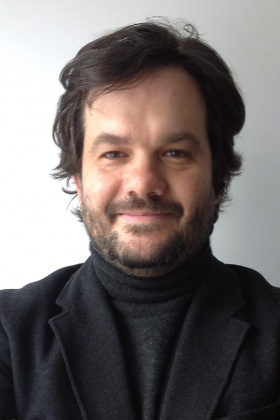 Balázs Ablonczy Source: mta.hu
Balázs Ablonczy Source: mta.huBalázs Ablonczy
In preparation for the centenary of the Trianon Peace Treaty, Ablonczy’s research group will publish new and earnest writings, which may serve as orientation viewpoints even for the wider public. Their aim is to pay off the debts Hungarian historiography still owes the Hungarian and international professional community and to the wider public and to present and explain their systematized findings in a comprehensible fashion.
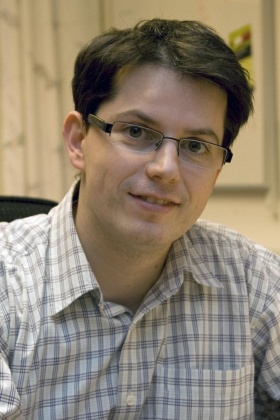 Tamás János Beke-Somfai Source: mta.hu
Tamás János Beke-Somfai Source: mta.huTamás János Beke-Somfai
Illnesses caused by microbes present a global threat. Due to the fast growing resistance of bacteria, it is essential to seek and create new compounds which can successfully replace current antibiotics. These compounds are toxic for bacteria. A group of these is called peptide-antibiotics. Some compounds belonging to this group take on a special flat, so called beta sheet form in a similar manner to the widely known amyloid fibrils connected to Alzheimer’s disease, in which small, barrel-shaped units might be formed in the initial stages of structural change. The researcher is planning to study these “barrel systems” by employing both computational and experimental methods. His hopes are that these experiments may aid in taking a step forward in several fields in drug development: the better understanding of Alzheimer’s disease makes it possible to design more efficient drugs, and the barrel structure revealed can promote the design of compounds that target specific bacteria with their toxins.
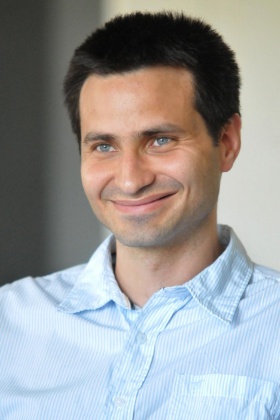 Péter Biró Forrás: mta.hu
Péter Biró Forrás: mta.huPéter Bíró
Matching markets are present in all fields of life. In several cases, such as the allocation of students to schools, there are no payments involved; matching depends solely on preferences and priorities. In some markets, allocation happens with the help of a central coordinator, and a centralized mechanism based on preferences leads to a fair and optimal solution. The system for solving the problem of university admissions was created by David Gale and Lloyd Shapley in 1962, which is used all over the world. The Hungarian system of secondary and university admissions is also based on this method. Researchers of several fields are interested in the problem, primarily mathematicians, computer scientists, economists and game theory researchers. The 2012 Nobel Memorial Prize in Economic Sciences was awarded to Alvin E. Roth and Lloyd for their work in this field specifically. The aim of the research group is to examine the planning of matching markets in a complex and multidisciplinary manner and to take part in practical applications.
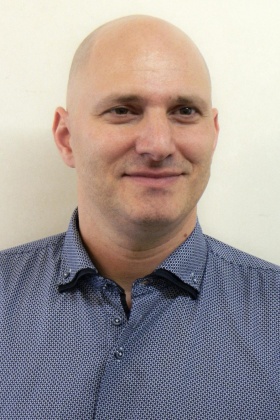 Ádám Dénes Source: mta.hu
Ádám Dénes Source: mta.huÁdám Dénes
People living with neurological diseases are a huge burden on society and on health care providers. Although over 800 billion euros is spent on treatment of such diseases in Europe every year there are only very few efficient therapies. Recently, researchers have understood the unique role of inflammatory processes in the emergence of neurological diseases. Additionally, it was demonstrated that the main cerebral inflammatory cell type, the microglia plays a crucial role in the regulation of the activity of both healthy and damaged neurons. Consequently this cell is able to assist in diminishing the cerebral damage caused by a stroke. However, the exact mechanism of the process is not yet known. The aim of this research is to understand how the microglia regulates neural activity and how this process is influenced by cerebral inflammatory processes. Ádám Dénes’s group uses novel, previously not applied methods for their research. Their results may be important in the treatment of stroke, epilepsy and neurodegenerative diseases.
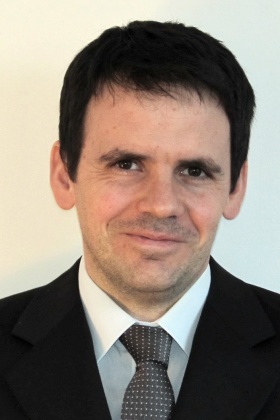 Tamás Antal Insperger Source: mta.hu
Tamás Antal Insperger Source: mta.huTamás Antal Insperger
The stabilisation of unstable equilibriums is important in both engineering and biomechanical applications. It is easier to initiate rapid motion from an unstable state versus a stable one what’s more the energy demand of the regulatory process is also low. The ability to balance is existentially crucial for humans as well: a great proportion of fatalities among seniors can be traced back to falls due to equilibrium disturbance. The aim of this project is to understand the process of balancing and to extend the limits by studying the delay of reflexes and the unsteadiness of sensing. The main objectives are as follows: to identify the regulatory process used in the course of human balancing through experiments; to provide methods for improving the balancing ability of humans; to discover the balancing mechanisms of multiple degree-of-freedom systems; to apply the results for engineering applications, where instead of asymptotic stabilization the conditions of the implementation of limited movements of finite time are examined.
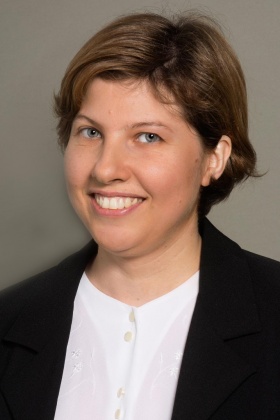 Alexandra Markó Source: mta.hu
Alexandra Markó Source: mta.huAlexandra Markó
Co-articulation is a naturally occurring phenomenon, which is the chronological overlap of pronounced consecutive speech sounds during the movements of speech organs. The tongue is an organ that is individually capable of performing various articulatory movements: for example the apex, the side and the back of the tongue all have different functions during articulation. The different movements of the tongue can occur at the same time, while they can also overlap with the movements of other speech organs, such as the lips, the jaw or the vocal cords. Lingual co-articulation, i.e. the co-articulatory functioning of the tongue can thus be examined from several aspects. The primary aim of this project is to analyse the co-articulatory effects occurring in certain consecutive Hungarian pronounced speech sounds. We are planning to use modern equipment for the experiments: an electromagnetic articulograph, an ultrasound machine and an electroglottograph. In order to achieve this aim, a new laboratory has to be established and equipped.
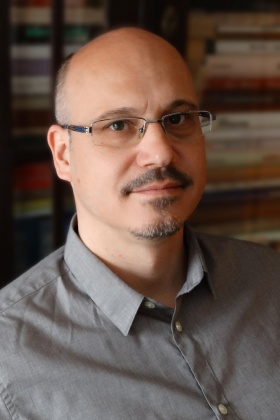 Tamás Papp Source: mta.hu
Tamás Papp Source: mta.huTamás Papp
The aim of the project is to create a microbiological and pathogenomic research group, which would work on the microbiological and immunological examination of clinical strains, and would study the pathogenetic processes of human pathogenic filamentous fungi with the help of a comparative application of permeable genomic, transcriptomic and proteomic processes and system biological methods. The group is to study the host–pathogen interactions, hypothesized virulence factors, the activity of antifungal agents, and the possibilities to develop the methods of molecular diagnostics with model systems associated to various primary illness types characterized by different symptoms (e.g. certain rare diseases, diabetes, immunosuppressed status). The models are to be selected in order to help the research and the development of therapy of rare diseases. A better understanding of immunological processes and the discovery of pathogenetic factors make it possible to identify new aims for therapy and to develop more effective preventative and therapeutic processes.
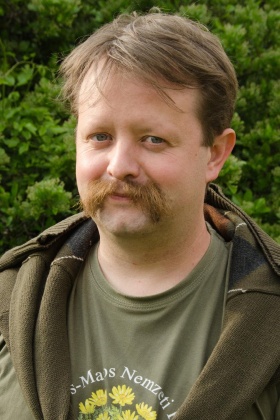 Gábor Sramkó Source: mta.hu
Gábor Sramkó Source: mta.huGábor Sramkó
This Lendület (Momentum) Research Group will be examining the origins of organisms of a biogeographic unit that is of primary importance to Hungarians, namely the steppe. The DNA of organisms stores huge amounts of information regarding past events. In order to be able to study the past of steppe flora and fauna, the most modern methods, namely genomic sequencing must be applied, which makes it possible to examine several thousands of genes at the same time. The research group will consist of three scientists and is planning to apply this method to reveal the genetic structure of ten significant steppe organisms, i.e. seven plants and three animal species within their natural habitat. The conclusions drawn from the ten examples will shed light on the formation and history of the steppe flora and fauna. Furthermore, a DNA bank will be established for Pannonian organisms that are underrepresented in huge databanks, which will be accompanied by a collection of samples as well.
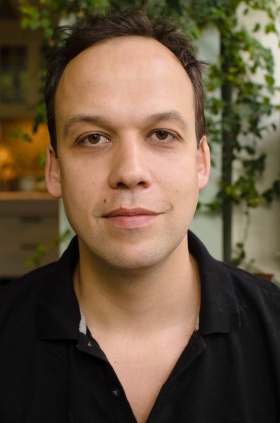 Gergely János Szöllősi Source: mta.hu
Gergely János Szöllősi Source: mta.huGergely János Szöllősi
At present, the genome sequence of more than a thousand organisms and several dozens of cancerous tumours is known. One of the most challenging and exciting tasks of biology is to reveal and use this information to help better understand the evolutionary past and promote the development of cancer therapy. The study of molecular evolution has seen dramatic developments in the past couple of decades. For example, 40 years ago and with the help of only a few dozen short RNA sequences the three domains of life were discovered. Whereas in the past few years based on full genome sequences it was revealed that 1–4 per cent of the DNA of non-African humans originates from Neanderthals. Furthermore, the extraordinary heterogeneity of tumours has also been uncovered thanks to these new studies. Unsurprisingly, it is a widely held view that molecular evolution is in its heyday. However, it is not enough to collect the numbers and figures. New methods also must be construed which are capable of analysing these data. The aim of the researcher is to develop models that can treat evolutionary processes – processes that happen on different time scales: from the diversification of species taking several hundred million years, to carcinogenesis which takes only decades – in a coherent way while analysing full genome sequences.
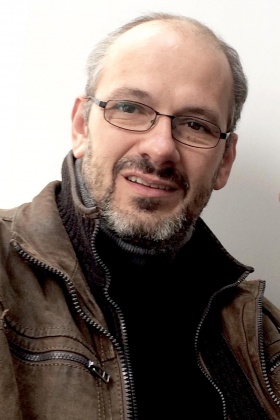 Bálint Virág Source: mta.hu
Bálint Virág Source: mta.huBálint Virág
“The five colours blind the eye. The five tones deafen the ear” – wrote Lao Tzu in the 4th century, showing the importance of spectral phenomena. Spectral theory, i.e. the study of resonances, sounds and colours is present in almost all fields of science. Strong relations in huge databases can be understood with the help of this. What’s more, even the search engine of Google is based on this study. Coincidence plays an important role here. It was Eugene Wigner who introduced the concept of random resonances into mathematics in order to illustrate large atoms, with which he started a revolution in the discipline. Today, Wigner’s program is used to describe almost thirty different physical phenomena. The theory of random resonances can be used in a wide spectrum: from the theory of social networks through Wi-Fi communication tools to car manufacturing. The research project of Bálint Virág is aiming to spread the adaptability of this theory.
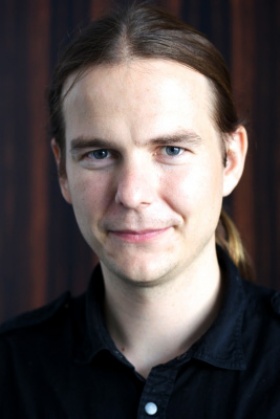 Norbert Werner Source: mta.hu
Norbert Werner Source: mta.huNorbert Werner
To observe the qualities of gases filling spaces between galaxies, researchers use high resolution X-ray spectroscopy and other observation data. Discovering such properties is crucial to be able to understand how the visible universe could become what we can observe today. The researchers of the group will study the development of galaxies and the supermassive black holes they contain. Our research can lead to a deeper understanding of how chemical elements were formed in distant thermonuclear furnaces and how they were spread in the universe.
